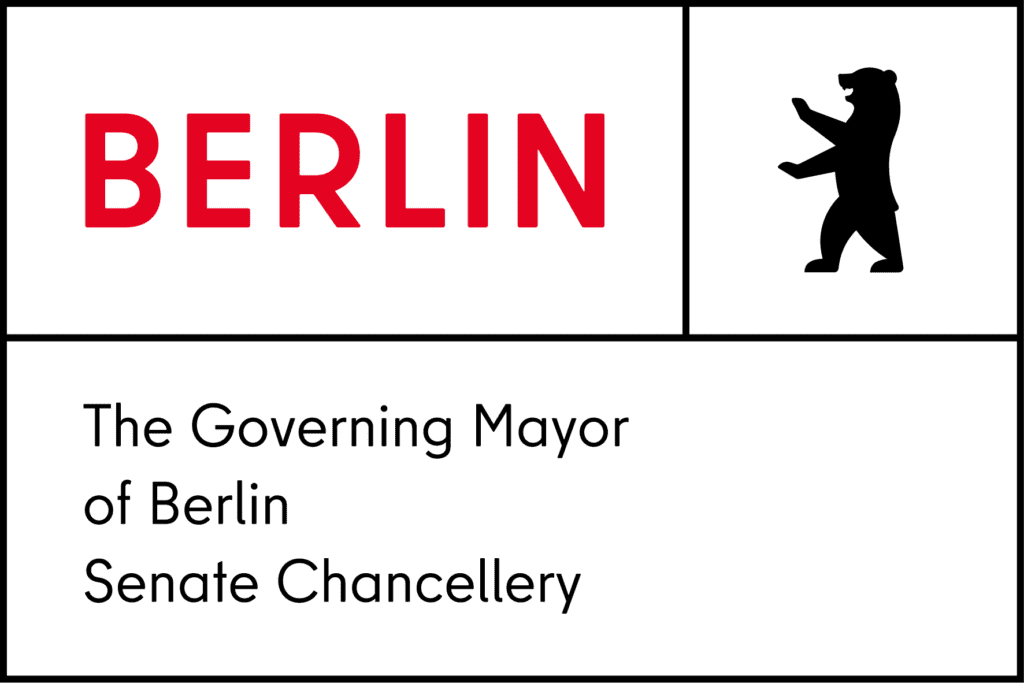Living in Berlin generates a wide range of running costs – from teachers’ salaries and the expansion of daycare centers to the promotion of cultural institutions and affordable housing, the budget has a major impact on social life in the city. In addition, there are long-term investments to be made in technical and social infrastructure such as schools, public transport or parks and recreational areas. Each year, Berlin’s policymakers and administrators have more than 35 billion euros at their disposal to pursue their goals. But how much money is actually spent, and on what?
The Berlin House of Representatives decides every two years with its (dual) budget how much money the municipal authorities have available to them and for what purpose these funds are to be used. This planning forms the basis for all action undertaken by the public administration. For some time now, in order to meet the demand for transparency, the Senate Department of Finance (SenFin) has published current and past budget data as machine-readable datasets on Datenportal Berlin. However, due to the complexity and size of this data (the current dataset contains over 46,000 lines), the data is limited in terms of its comprehensibility to the general public. So how could this data be presented in such a way that all Berlin residents can understand it?
A short sprint brings together the different perspectives
CityLAB Berlin and the Open Data Information Service (ODIS) – both projects run by Technologiestiftung – collaborated with the Senate Department of Finance to create a visualization and interactive presentation of the open budget data so as to provide the public with comprehensible and low-threshold access to the budget data. In a week-long sprint, the various parties – including designers, developers and administrative staff – got together to work on a visualization. From the outset, everyone agreed on these priorities: an open-ended approach, agility and flexibility in collaboration.
A kick-off workshop gave both sides the opportunity to formulate and prioritize target groups and requirements for a potential end product, as well as to compare expectations with realistic assessments in view of the limited time and resources available. As ODIS Director Lisa Stubert explains: “In the workshop, we created small paper prototypes so that everyone could contribute the features that were important to them. By the end, we didn’t just have a pile of paper but also a pile of key insights and ideas to work with going forward.“
Another important requirement of the software sprint was the willingness to stay in close contact throughout the week. This dialog also made it possible to combine the differing perspectives. SenFin was able to provide CityLAB developers with valuable insights into budget data, which they incorporated in their work. As Lucas Vogel, one of the developers, comments: “Text search is a good example of the added value of this type of collaboration. We techies can find our way through the data chaos pretty quickly! But the ability to do a keyword search is much more intuitive for everyday citizens and makes the data accessible to many more people.”
After a good week of focused collaboration, the results were presented to SenFin: A website that allows users to explore and compare revenues, expenditures, functions, and issues relevant to the Senate and district governments based on interactive charts and a text search function. The application is designed as a low-threshold service aimed at the general public. In particular, the search function gives users quick and detailed access not only to topics but also to very specific budget titles. Developer Dennis Ostendorf is proud of the result: “The treemap allows users not only to look at the hierarchy but also the proportions of the data. So starting from a general overview, it’s very easy to run a specific search – that’s something that will be of particular interest to citizens.”
What comes next? And how can I get involved?
The project used the pre-existing project Offener Haushalt (“Open Budget”), run by the Open Knowledge Foundation, as a template for the visualization. This was a website that made budget data for German cities and municipalities available for viewing on a centralized and standardized basis. In recent years, the state of Berlin has used Offener Haushalt to visualize its budget data and present it by embedding it in its own website, Berlin.de. Since 2021, however, Offener Haushalt can no longer be actively maintained. The reason for this is that current funding realities – or lack of funding, to be more precise – makes it difficult to operate public interest platforms on a permanent basis, and strategies for government institutions to adopt and maintain such platforms themselves are sadly lacking. Accordingly, CityLAB and SenFIN will continue to work together to find a solution for making the current project website permanent and updating it for the next double budget while at the same time enabling a transfer of knowledge between the Senate administration and society at large.
As an open source application, not only is the deposited data openly available, but the source code of the website is freely accessible to the digital community, too. Developers in Berlin and from other cities and municipalities are invited to contribute to the further development of the site or to use components of it for their own work with budget data.
